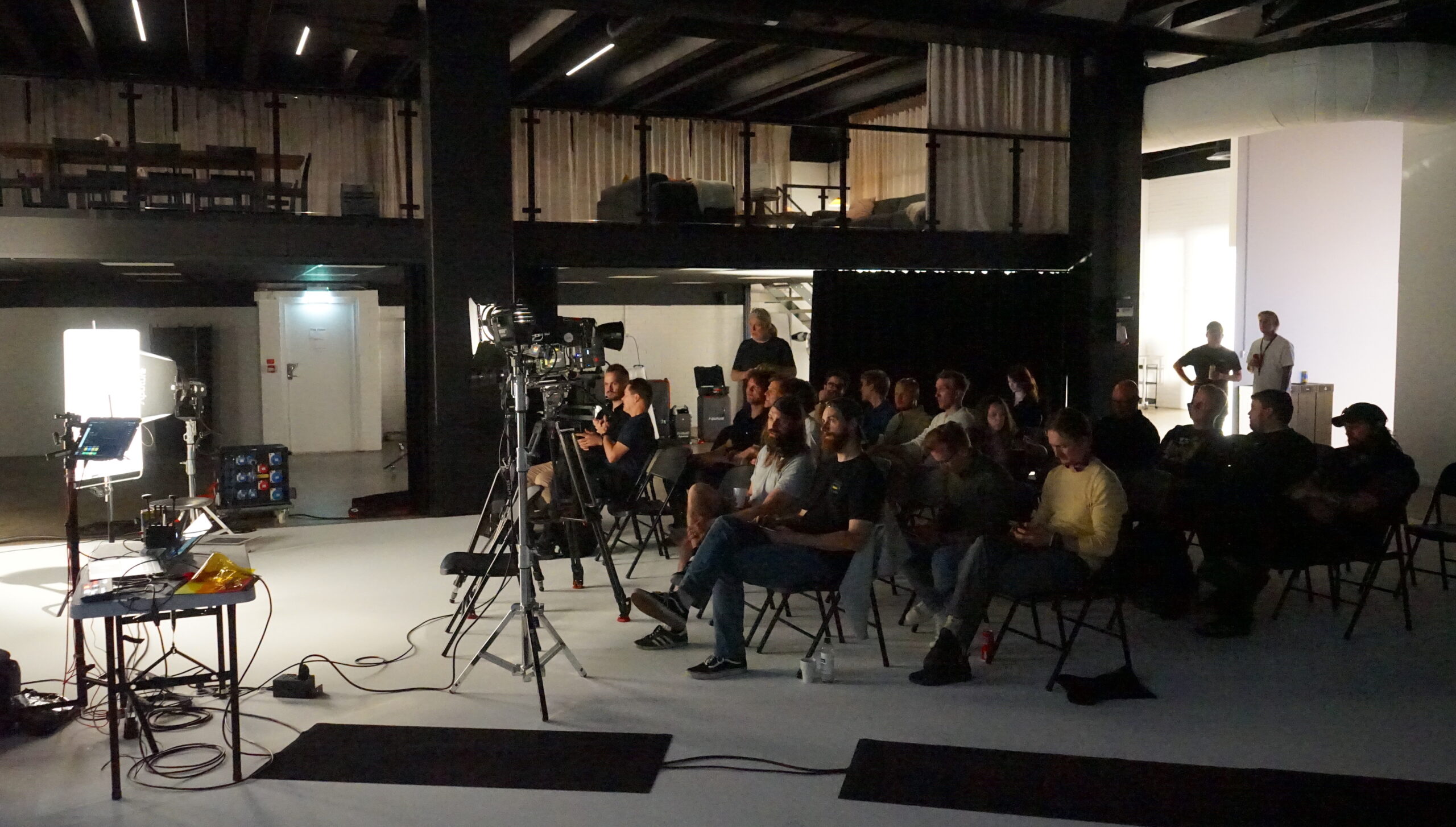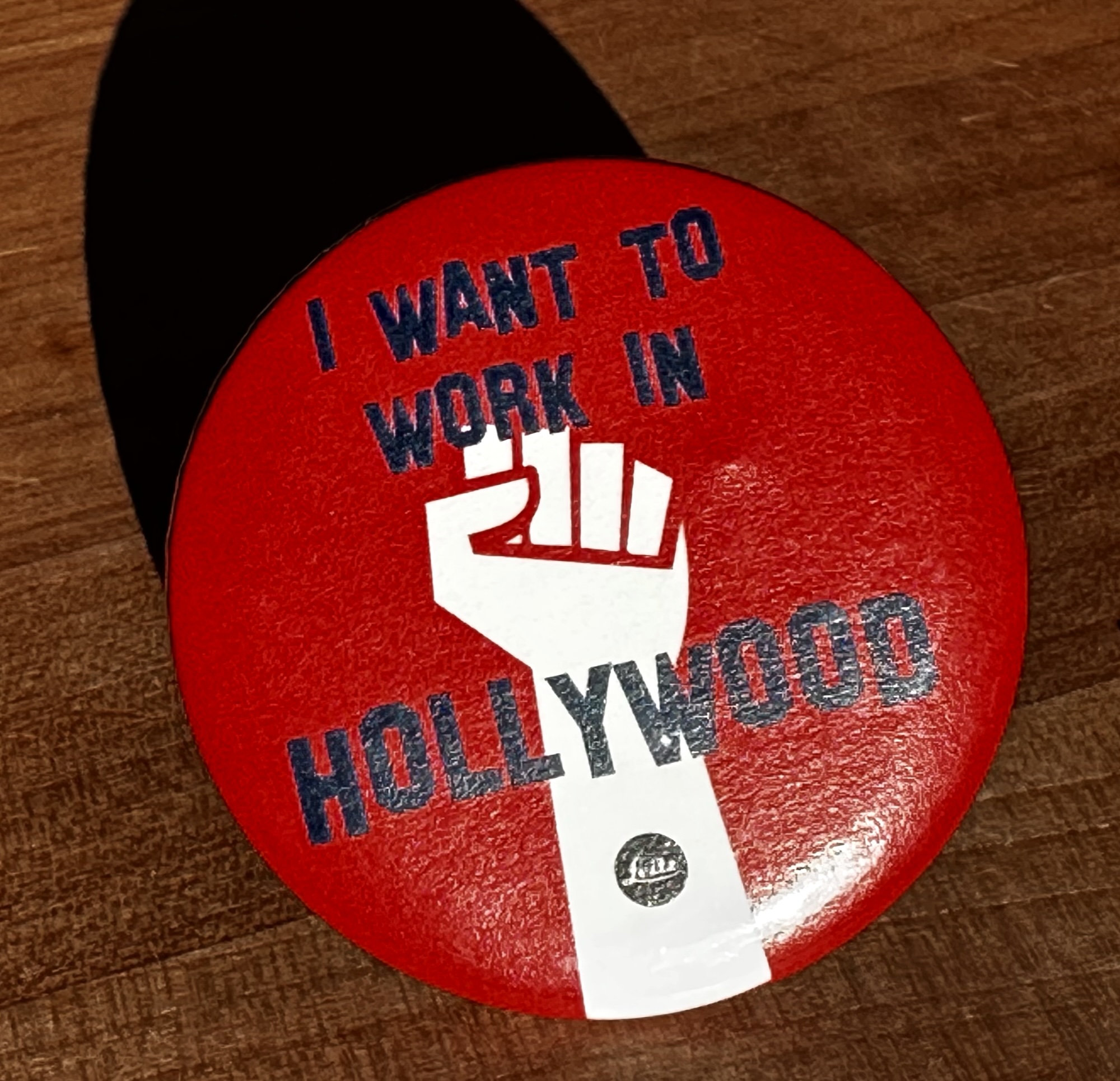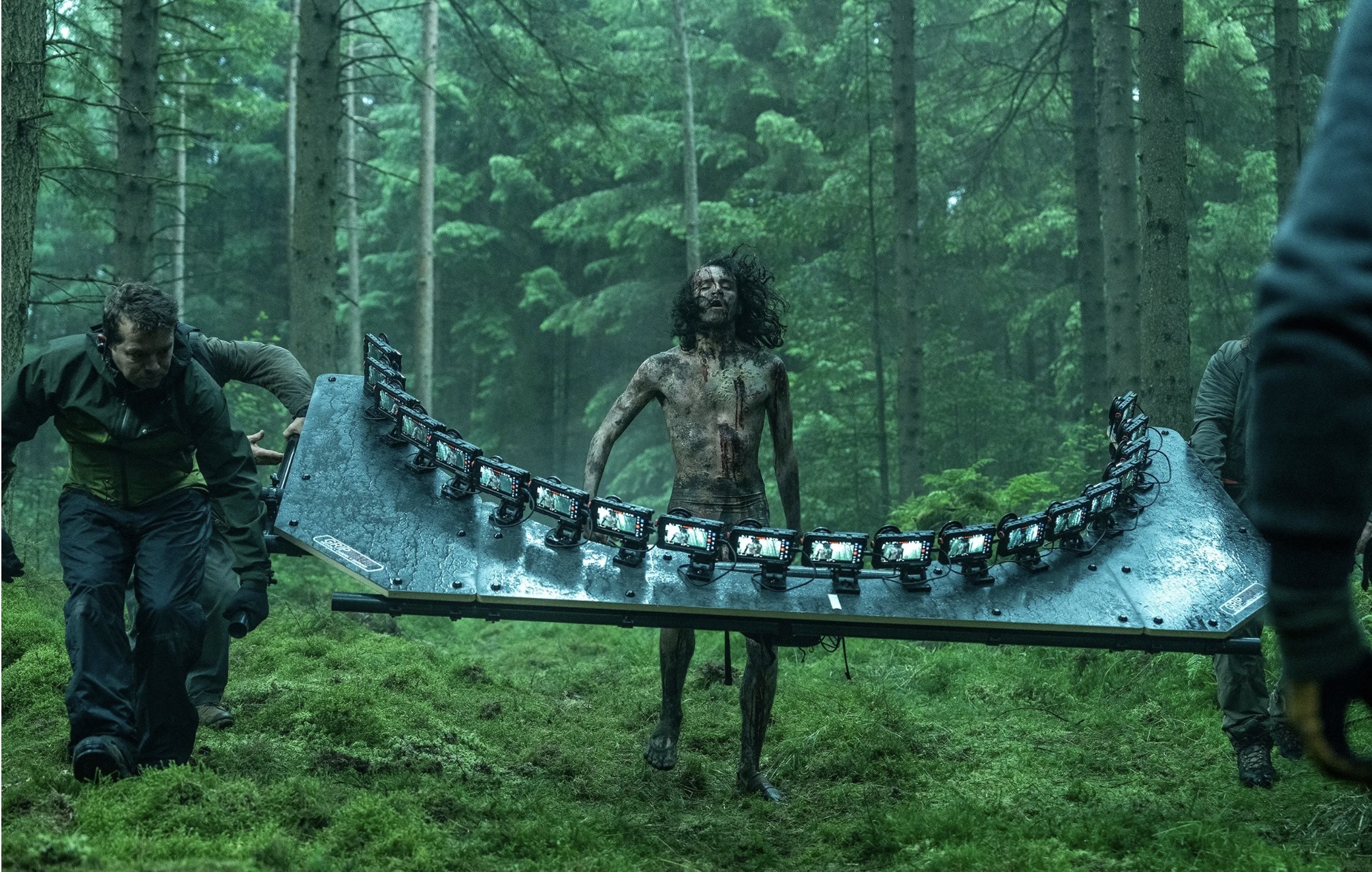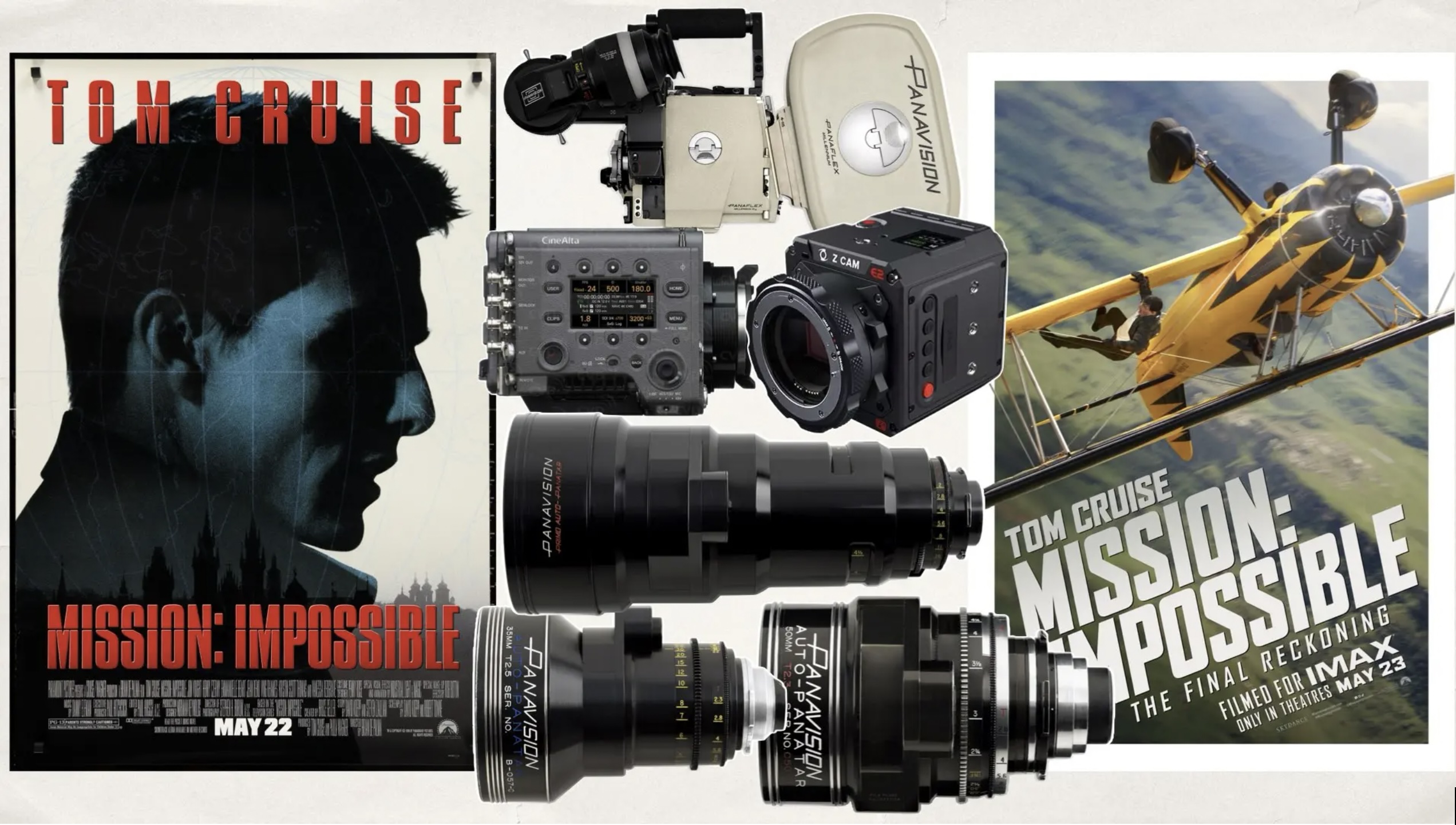BSC Film and Digital Evaluation
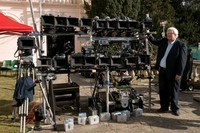
BSC har genomfört den största testen hittills av film och digitala kameror. Hela 18 kameror, monterade i en specialbyggd rigg konstruerad av Joe Donton, filmade av samma motiv. Vi planerar att under hösten arrangera en visning i Stockholm, Köpenhamn och Oslo.
“It was one of the best comparisons I have ever seen, straightforward and useful.” Geoff Boyle FBKS writing on his CML web site, reflecting the views of the 400 delegates who watched the long awaited premier of the BSC Film and Digital Evaluation 2009 which took place at the NFT1 in London on July 8th.
This highly successful event will be taken to other European countries and shown on Monday October 5th between 10.00 and 12.00 at the eDIT Film Makers Festival in Frankfurt. Plans are also in hand for it to be shown in Sweden or Denmark.
Geoff Boyle is not noted for withholding his well-informed opinions, writes Nigel Walters BSC, Imago President. “Apart from his occasional illogical questions such as why anyone would wish to sit at the back of a crowded auditorium, his web site comments reflected many thoughts which I shared with delegates in post–event moratoriums.”
After explaining that all cameras and film stocks were exposed at the manufacturers recommended ratings and that all the results were graded to match the Macbeth and Grey charts and projected 2K, Geoff goes on to write on CML “ I have to say that 35mm film looked best handled this way, Fuji or Kodak, 200 or 500, film won, with best skin tones, best saturation, best latitude, by far.”
“Having said that” he continues “the D21, Genesis and F35 were all very close and could be made to match as far as skin tones and saturation, but never in latitude. Highlights were the real killer. Lights that burned out completely in all the digital tests worked fine with film.”
Geoff’s personal preference was for the D21 noticing a “dramatic improvement in the shadow response over the last year.” Never one to be lost for words he described the Canon 5D as “looking dreadful, just dreadful.”
If there was a universally agreement as to the merits of one particular camera it was, to use Geoff’s words,” how staggeringly good, looked the results from the Sony EX-3, especially considering the price.”
By comparison the Panasonic HVX 201 looked “soggy, let down by compression,” stated Boyle who, although seated near the front of the cinema claimed that from the back it looked fine with good colour rendition. Australians have eyes everywhere!
It was generally agreed that the new Arri Relativity software did a remarkable job of cleaning up 16mm, removing the existing grain and adding 35mm grain.
Boyle reverted, with some restraint, to his normal confrontational self with criticism of the BSC post-production handling of the RED in particular claiming that the images he had witnessed from it and the SI 2K were” among the worst I have ever seen, truly appalling” and claimed that movies he had shot” both theatrical and for TV did not look anything like this.”
“Comment was made that the RED made the girl in the skin tone test look like she had a Californian tan –it did- but the Kodak was warmer than the Fuji, the skin tones on the F35 looked a bit green but all within easy correction to whatever you wanted it to look like”
This point that the skill of the Colourist being able to level out the differences in the images were made repeatedly in the excellent presentation of the Programme given by Sue Gibson, BSC President. In this presentation she was ably supported by John Daly BSC and a memorable contribution from Billy Williams OBE BSC. Neil Peplow newly appointed Director of Film, Skillset, the main Sponsor of the event outlined the objects of the Skillset encouragement for making this BSC Evaluation the most comprehensive image testing ever undertaken anywhere. Other contributors including Ashley Rowe BSC, Haris Zambarloukos BSC, Gwyn Evans, colourist at Hat Factory, and Nic Morris BSC.
Dick Pope BSC and Phil Meheux BSC were both present at the Los Angeles unveiling of the ASC image evaluation tests. Both agreed the BSC result was far superior.
A moving appreciation by Billy Williams BSC followed by the showing of a short film dedicated to the late Jack Cardiff BSC brought a fascinating day to a close. It is difficult to comprehend the hard work and dedication of all those involved, particularly in post production. Their reward was there for all to see on the screen, whether seated at the front or back!
Different people will learn different lessons from the day but all the Cinematographers present left determined never to over-light a duck on HD.
From Geoff Boyle:
I’ve had so many private emails about this I’m just making one public reply.
No, I haven’t got an axe to grind.
The messages split in to roughly 2 types those were my replies!
OK, now some sensible replies.
The following information is from the data sheets handed out as part of the delegate package.
Some of the info I find a little confusing but I’m sure that’s just me!
Arri D21 rendered to dpx files from RAW files using Arri software, dpx files loaded in to EQ
(EQ is Quantels post machine. It combines editing, effects, colour grading. Redaktörens anmärkning.)
Canon D5 QT files loaded directly in to EQ
Genesis dpx files loaded directly in to EQ
Panasonic, both 3700 & 201, P2 data loaded directly in to EQ AVC intra codec used
RED, hmm, Redcine used to extract but it also says R3D files imported directly in to EQ ????
EX3 rendered to dpx by Rogue Element imported to EQ
F900r no details given
F35 dpx files loaded directly in to EQ
SI-2K rendered with Iridas MetaRender to dpx then loaded in to EQ
Viper dpx files loaded directly in to EQ
Film was scanned at 6K, down sampled to 2K, for 35mm and 2K for 16mm and the dpx files loaded in to the EQ
“All material was graded to provide a level playing field using the grey scale and Macbeth chart.”
This is where I start to get confused, did they just match grey scale or did they try to match colour using the Macbeth?
I can only assume, given the widely differing red responses, skin tones and saturation that only grey scale was matched. If Macbeth colour patches had been totally matched then the differences listed above would have been minimised.
The material was NOT prepared for film projection but for DCP.
I had no problems whatsoever with most of the comparison material, it was hugely informative and, I thought, very fair.
It seemed clear to me that ANY of the high end system would produce great results.
It’s also very clear that the only formats that they had problems with were ones that required “different” handling. The Arri RAW would have fallen in to that category but they handled the transform.
Perhaps the simplest thing to do now is to get the original data to people who know those formats, maybe get Rogue to de-green/log the Viper files, I think that they can do the SI as well, somebody else to re-render the RED files, then see what happens.
Geoff Boyle FBKS
Cinematographer
EU Based
geoff@cinematography.net
Skype geoff.boyle
US +1 818 574-6134
UK +44 (0) 20 7193 3546
mobile: +44 (0)7831 562877
www.cinematography.net/geoff
